![图片[1] - Java – RSA工具类和操作方法 - 老友小站](https://www.kxzi.cn/wp-content/uploads/2023/11/20231116224854455-bc769e500a160310-1024x640.jpg?v=1700146135)
在Java中进行公钥加密私钥解密和私钥加密公钥解密操作需要使用非对称加密算法(例如RSA)和相关的密钥管理。下面是一个示例Java类,展示了如何创建一个工具类,其中包含这些操作的方法:
import java.security.*;
import javax.crypto.Cipher;
import java.util.Base64;
public class Main {
public static void main(String[] args) throws Exception {
// 生成RSA密钥对
KeyPair keyPair = generateRSAKeyPair();
// 获取公钥和私钥
PublicKey publicKey = keyPair.getPublic();
PrivateKey privateKey = keyPair.getPrivate();
// 要加密的明文
String plaintext = "你好,我是需要测试加解密的文本!";
// 使用公钥加密明文
byte[] encryptedDataWithPublicKey = encryptWithPublicKey(plaintext, publicKey);
// 编码为Base64字符串
String base64EncryptedDataWithPublicKey = Base64.getEncoder().encodeToString(encryptedDataWithPublicKey);
// 解码为原始字符串
byte[] decodedBytesBase64EncryptedDataWithPublicKey = Base64.getDecoder().decode(base64EncryptedDataWithPublicKey);
// 使用私钥解密密文
String decryptedTextWithPrivateKey = decryptWithPrivateKey(decodedBytesBase64EncryptedDataWithPublicKey, privateKey);
// 打印加解密结果
System.out.println("Encrypted Text with Public Key: " + base64EncryptedDataWithPublicKey);
System.out.println("Decrypted Text with Private Key: " + decryptedTextWithPrivateKey);
// 使用私钥加密明文
byte[] encryptedDataWithPrivateKey = encryptWithPrivateKey(plaintext, privateKey);
// 编码为Base64字符串
String base64EncryptedDataWithPrivateKey = Base64.getEncoder().encodeToString(encryptedDataWithPrivateKey);
// 解码为原始字符串
byte[] decodedBytesBase64EncryptedDataWithPrivateKey = Base64.getDecoder().decode(base64EncryptedDataWithPrivateKey);
// 使用公钥解密密文
String decryptedTextWithPublicKey = decryptWithPublicKey(decodedBytesBase64EncryptedDataWithPrivateKey, publicKey);
// 打印加解密结果
System.out.println("Encrypted Text with Private Key: " + base64EncryptedDataWithPrivateKey);
System.out.println("Decrypted Text with Public Key: " + decryptedTextWithPublicKey);
}
// 生成RSA密钥对
public static KeyPair generateRSAKeyPair() throws Exception {
KeyPairGenerator keyPairGenerator = KeyPairGenerator.getInstance("RSA");
keyPairGenerator.initialize(2048); // 设置密钥长度
return keyPairGenerator.generateKeyPair();
}
// 使用公钥加密明文
public static byte[] encryptWithPublicKey(String plaintext, PublicKey publicKey) throws Exception {
Cipher cipher = Cipher.getInstance("RSA");
cipher.init(Cipher.ENCRYPT_MODE, publicKey);
return cipher.doFinal(plaintext.getBytes());
}
// 使用私钥解密密文
public static String decryptWithPrivateKey(byte[] encryptedData, PrivateKey privateKey) throws Exception {
Cipher cipher = Cipher.getInstance("RSA");
cipher.init(Cipher.DECRYPT_MODE, privateKey);
byte[] decryptedData = cipher.doFinal(encryptedData);
return new String(decryptedData);
}
// 使用私钥加密明文
public static byte[] encryptWithPrivateKey(String plaintext, PrivateKey privateKey) throws Exception {
Cipher cipher = Cipher.getInstance("RSA");
cipher.init(Cipher.ENCRYPT_MODE, privateKey);
return cipher.doFinal(plaintext.getBytes());
}
// 使用公钥解密密文
public static String decryptWithPublicKey(byte[] encryptedData, PublicKey publicKey) throws Exception {
Cipher cipher = Cipher.getInstance("RSA");
cipher.init(Cipher.DECRYPT_MODE, publicKey);
byte[] decryptedData = cipher.doFinal(encryptedData);
return new String(decryptedData);
}
}RSA算法在加密时有一个限制,即一次加密的数据不能超过RSA密钥长度所允许的最大字节数。通常,RSA密钥的长度决定了最大加密数据的大小。例如,对于2048位的RSA密钥,最大允许的加密数据大小为2048位/8位/11位 ≈ 245字节。
如果需要加密超过245字节的数据,可以使用以下方法之一:
1. 分块加密:将长消息划分为多个小块,每个小块都小于RSA密钥长度所允许的最大大小。然后,分别对每个小块进行加密,最后将它们合并成一个加密后的消息。在解密时,进行相反的操作:首先解密每个小块,然后将它们组合成原始消息。
2. 对称加密:使用对称加密算法(如AES)对消息进行加密,然后使用RSA加密对称密钥。这种方法称为“混合加密”。首先生成一个随机的对称密钥,使用对称密钥对消息进行加密,然后使用RSA公钥对对称密钥进行加密。接收方首先使用RSA私钥解密对称密钥,然后再使用对称密钥解密消息。
3. 使用更长的RSA密钥:如果需要加密更大的消息,可以考虑使用更长的RSA密钥,如4096位密钥。较长的密钥允许加密更大的数据块。
注意,较长的RSA密钥会导致加密和解密操作变得更加耗时,因此需要权衡安全性和性能。选择哪种方法取决于具体的应用需求和性能要求。
© 版权声明
THE END



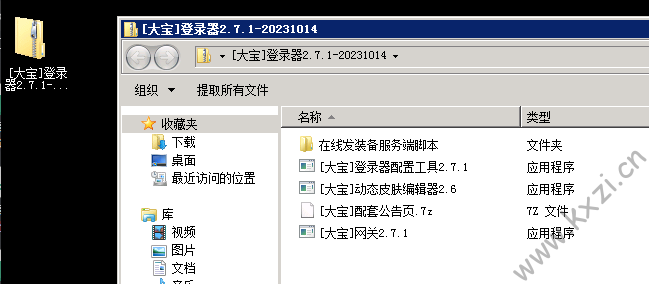
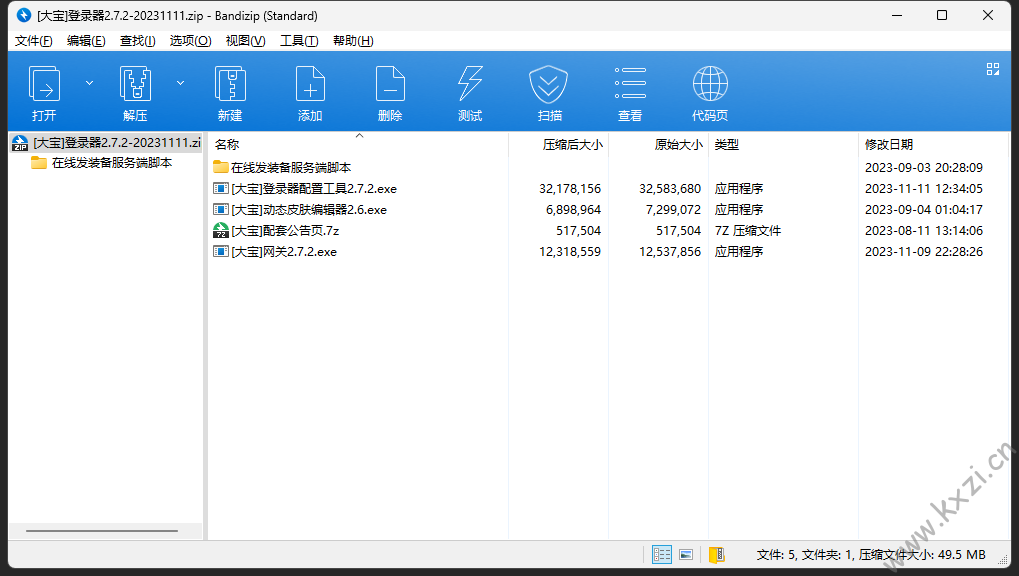
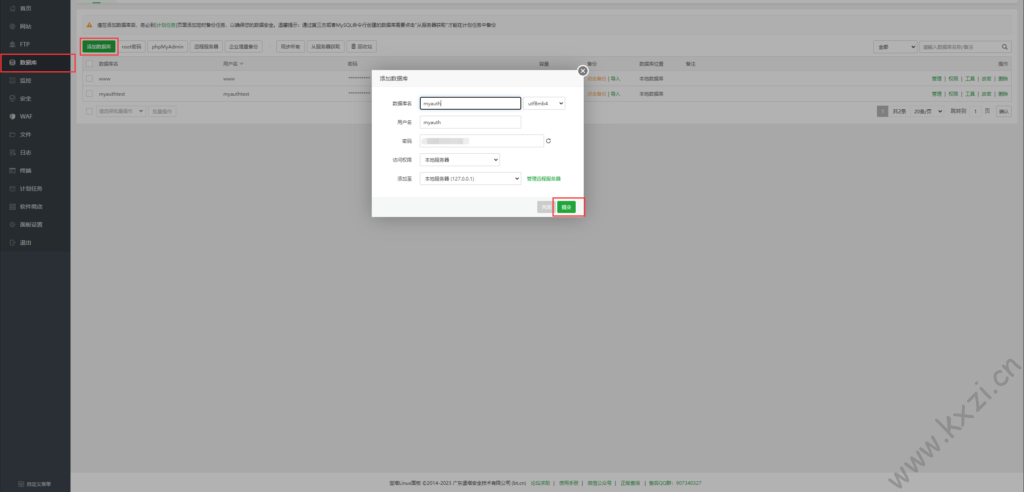
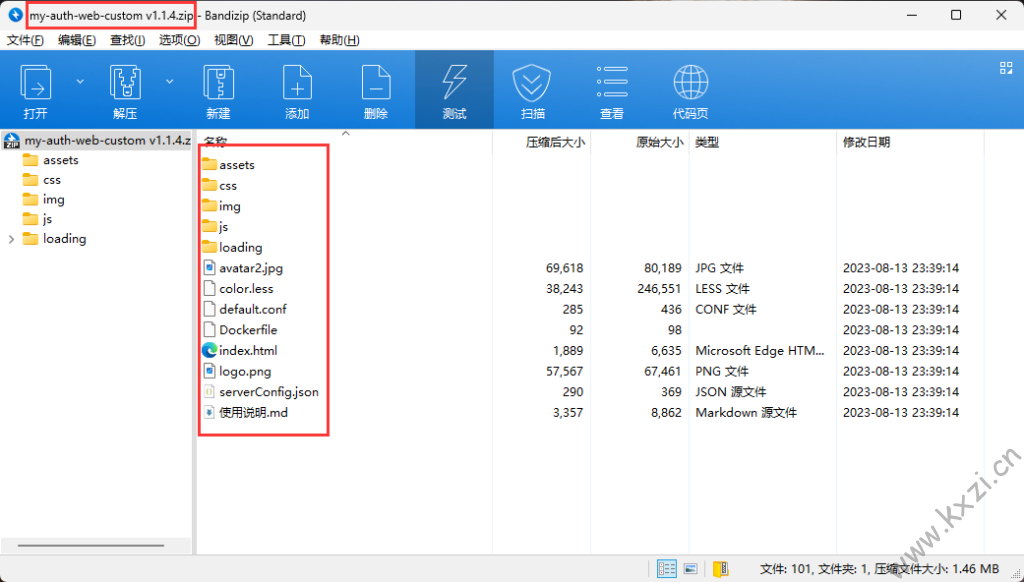
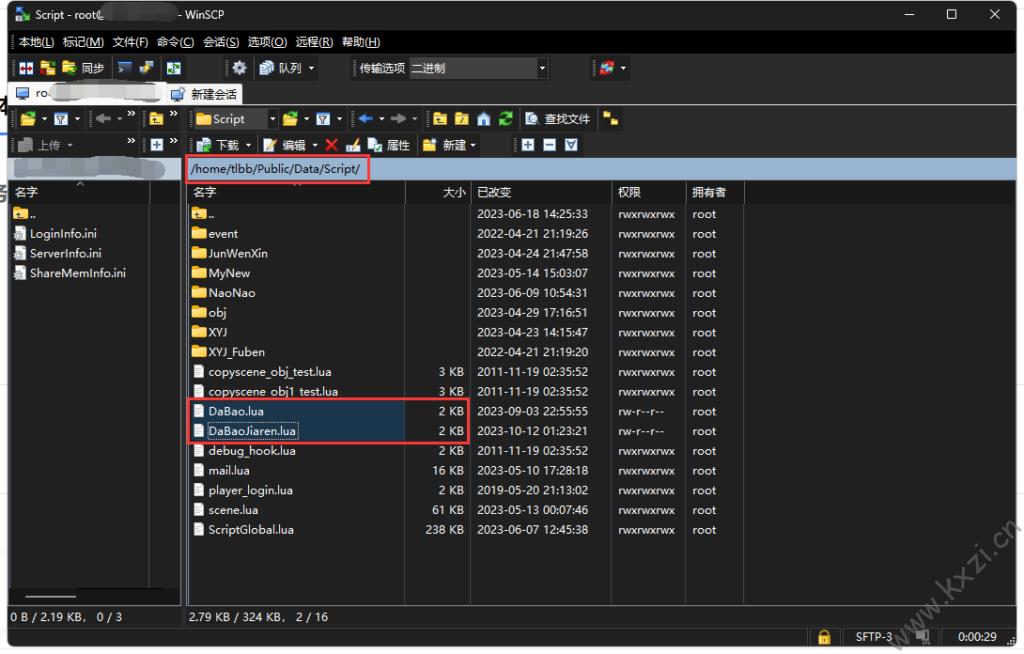
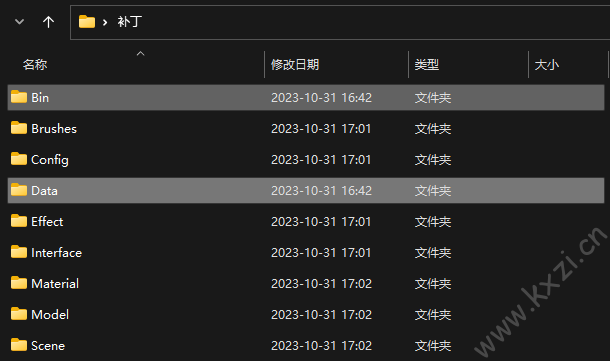



暂无评论内容